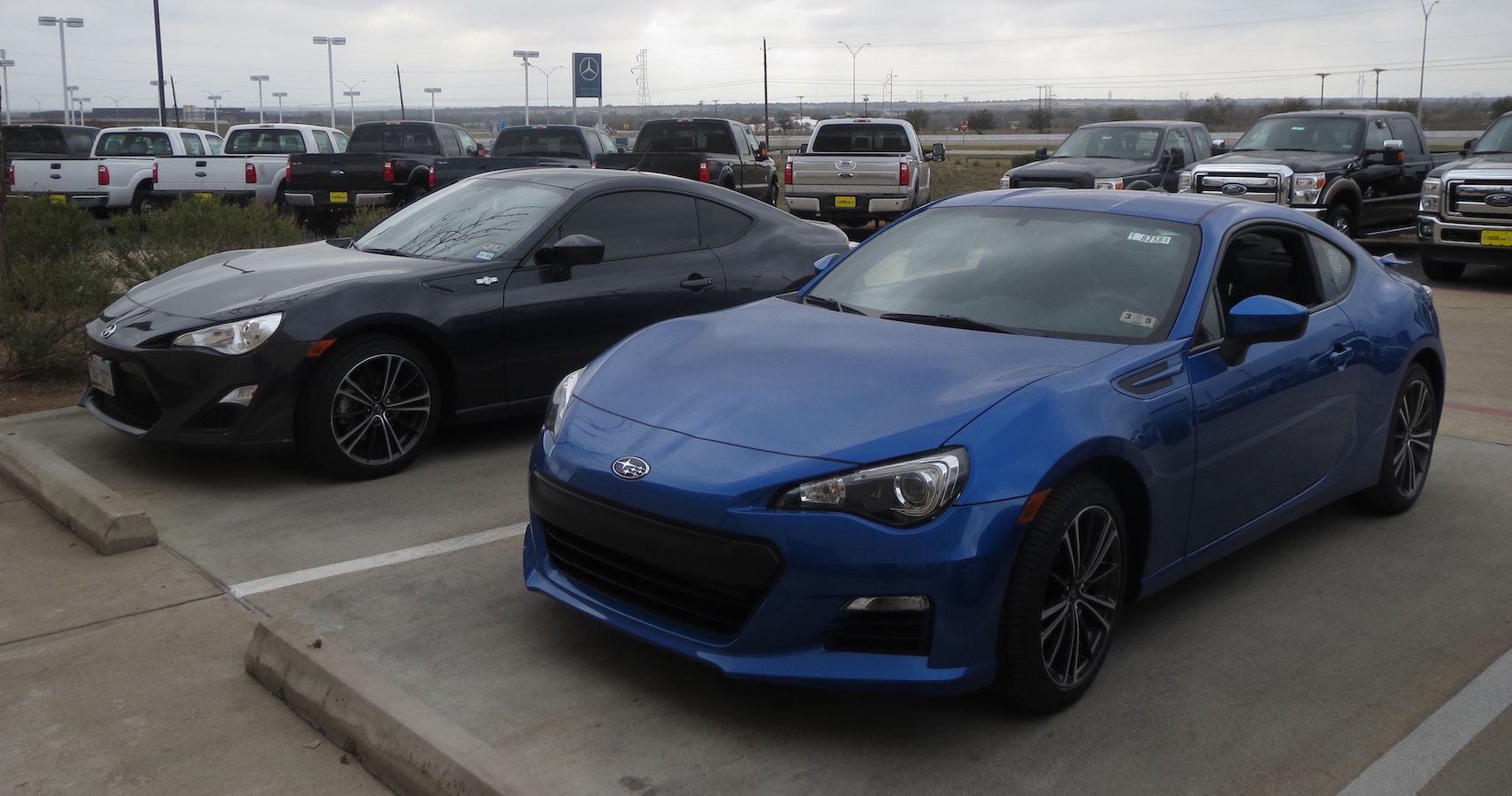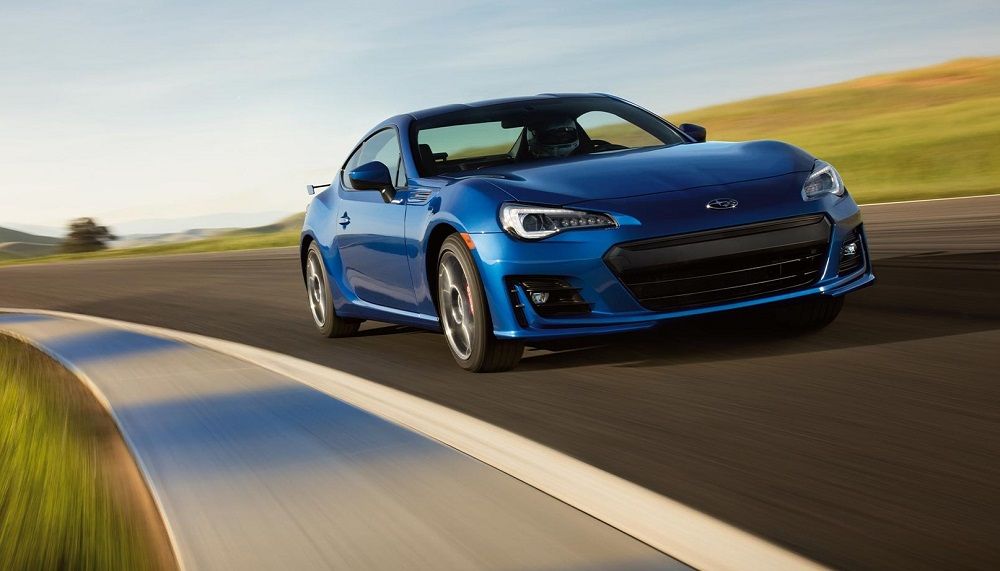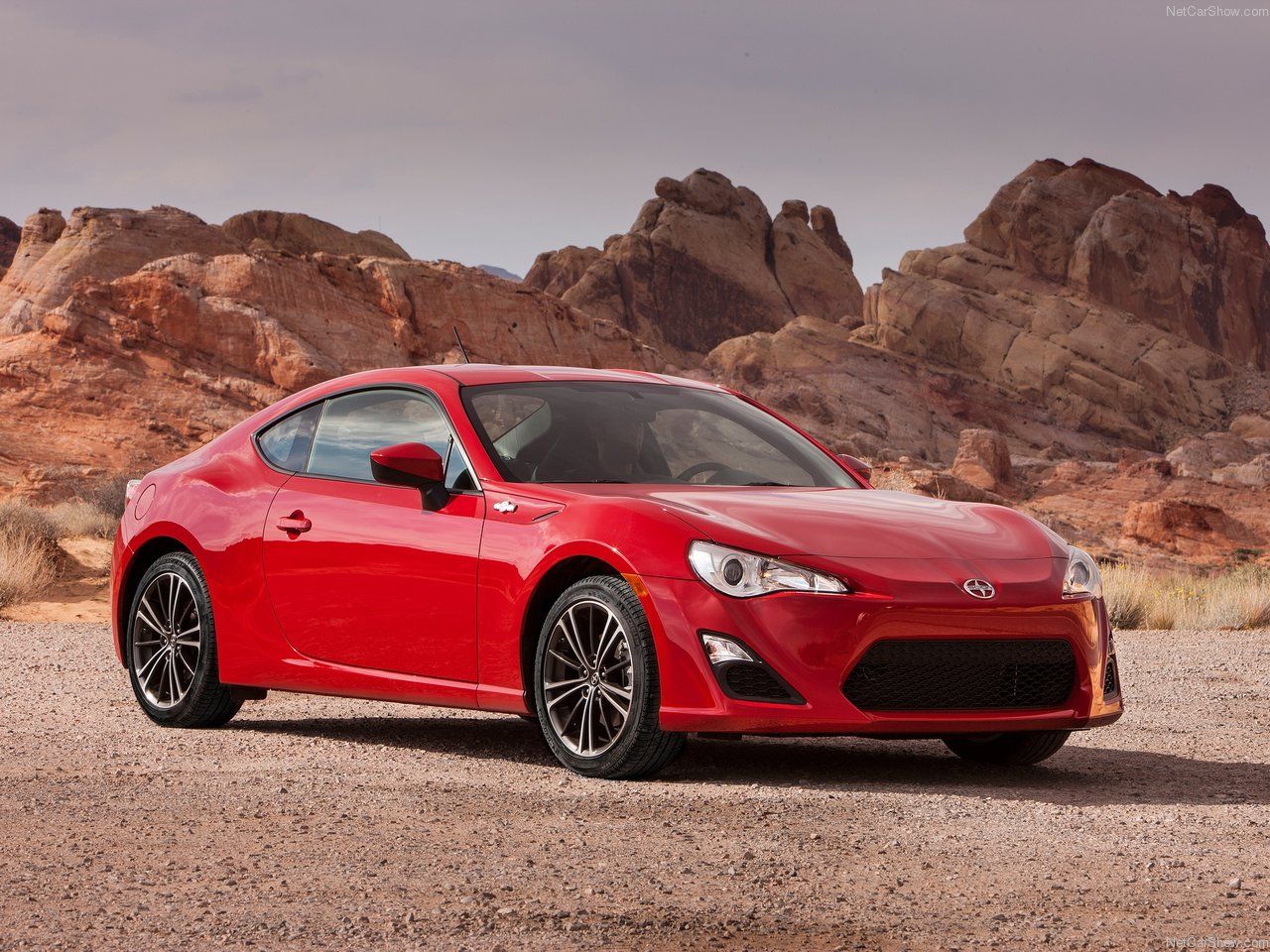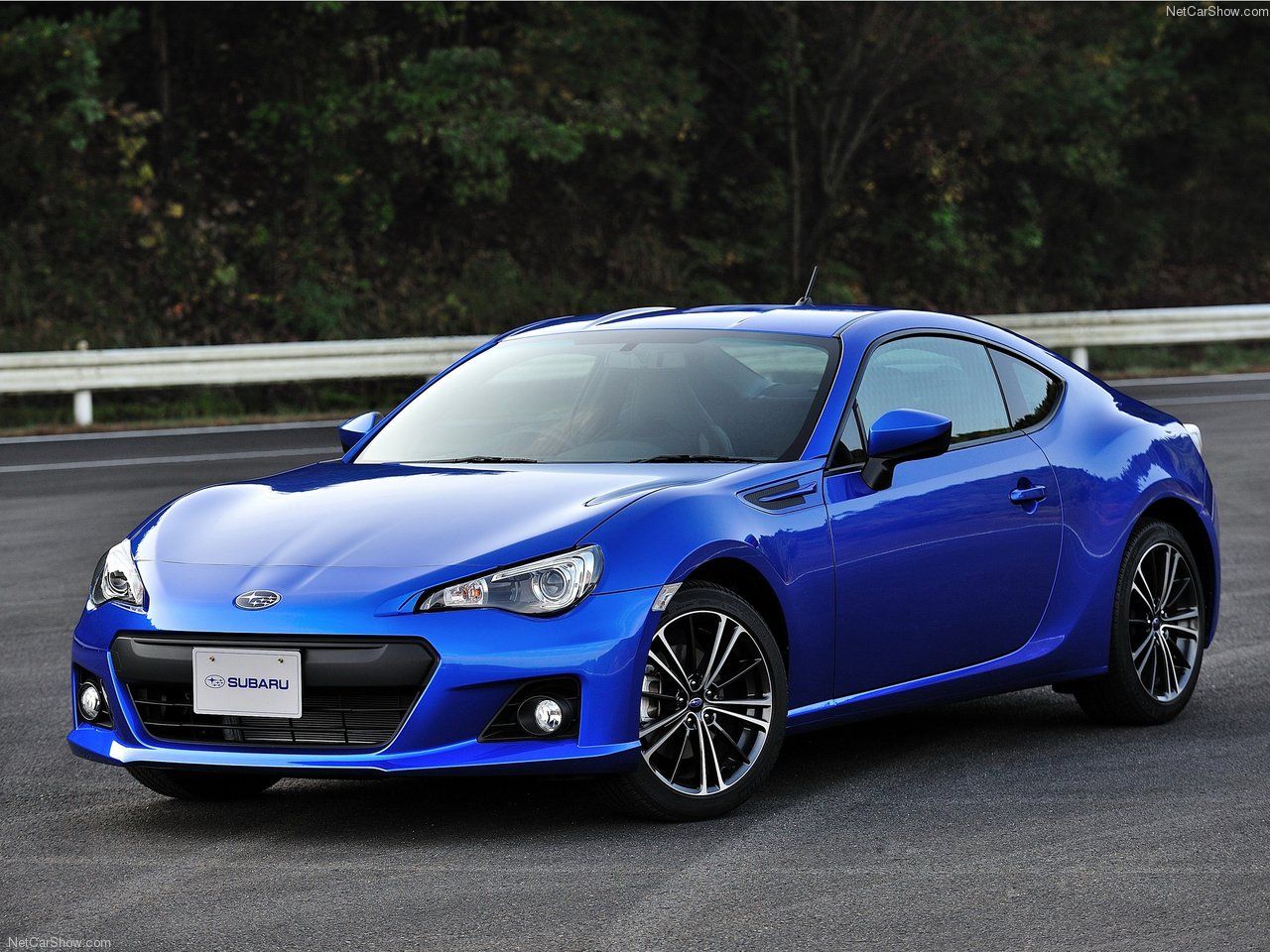When manufacturers share platforms, it usually ends in cars that are sort of considered different, thanks in part to the changes they make. These changes can be aesthetic, mechanical (highly unlikely given they share platforms), or even in character. Now, this sort of practice is common these days with carmakers finding every possible way to save a few bucks.
Updated February 2022: Whether you're in the market for a Scion FR-S or Subaru BRZ, knowing the differences—albeit, relatively slight—between the two helps. We've updated this article with the latest info surrounding how the two models compare in one convenient place so you don't have to go looking for the answers.
We have the GR Supra which is based on the BMW Z4; Chevrolet and GMC sharing parts or even cars in certain cases; and the Bentley Bentayga is a glorified Audi Q7. You get the idea, but in all these cases, there are noticeable differences between both of the cars and each of them are unique in their own ways.
However, there was a time when Toyota was hesitant about bring a sports car to the US, so they decided to badge it under a different name. We’re talking about the Scion FR-S. Underneath it was a Toyota GT86, which incidentally also happens to be what the Subaru BRZ is.
It’s so closely related that you might accidentally mistake one for the other. However, there are a few differences between the BRZ and FR-S throughout.
BRZ Vs FR-S: How They're The Same
The Toyota 86 was a joint project between Toyota and Subaru. The initial idea behind the concept was the Toyota 2000GT, which was a fastback coupe that had a front-engine rear-drive layout. Now, the Toyota 86 is marketed with a few different names across the globe. Toyota markets the sports car as the 86 in Asia, Australia, North America (after the FR-S was discontinued), South Africa, and South America. The naming changes to Toyota GT86 in Europe and New Zealand with Jamaica and Nicaragua getting the FT86 name tag.
In the United States and Canada, the vehicle was initially sold under Toyota's youth-centric Scion brand, with its name derived from a description of the platform: F for front-engine, R for rear-wheel drive, and S for sport. The same is true for the BRZ as Subaru rebadged the 86 and sold it under their brand. Initially, when production started back in 2012, the U.S. was allocated 10,000 units under Scion while Subaru was limited to only 6,000 units.
The 86's engine is a 2.0-liter naturally aspirated unit that uses Subaru's flat-four engine design. Initially, the unit made 197 horsepower but the Boxer-4 (latest-gen) puts out 205 horsepower and 156 lb-ft of torque if paired with the 6-speed manual. Power drops to 200 horsepower and 151 lb-ft if equipped with the 6-speed automatic box. The engine runs on premium unleaded 98 RON fuel with a 12.5:1 compression ratio. The engine makes use of Toyota’s gasoline-direct injection dubbed the D-4S injection system.
A Difference In Styling Between The Two Models
Yes, both the FR-S and BRZ are aesthetically similar, though the keen-eyed will spot a few differences. It starts with the front bumpers having a noticeable difference in how they’re designed. However, the difference isn’t significant but goes off largely as being part of a higher trim.
That said, we prefer the looks of the Scion’s bumper design to the BRZ’s mainly due to the fact that it’s less cluttered and looks sportier. Other differences stem in the form of the rear exhaust tips with the BRZ having a traditional rounded unit while the FR-S has a uniquely shaped tip. Wheels are largely similar in design and for an average Joe, aside from the badge, there’s really no difference.
With the interiors, however, there is a bit of a difference. The FR-S has a faux carbon-fiber inlay on the passenger side dashboard, while the BRZ makes do with an aluminum-esque trim piece that, according to owners, is prone to scratches. If you’ve opted for a top-spec BRZ, the HVAC side of things can be a bit different since the FR-S had manual HVAC controls. That pretty much sums up the core differences inside both the FR-S and BRZ.
Mechanical Differences In The FR-S And BRZ
There are a few differences here but they’re not substantial in any way and can largely go as negligible. The FR-S (2,800-pounds) weighs slightly less than the BRZ (2,806 pounds) at six pounds for the manual and 18 pounds if it’s automatic. The FR-S also has a slightly better coefficient of drag at 0.27 versus 0.28 for the BRZ with spoiler and 0.29 for without. The FR-S also has slightly softer springs up front and stiffer ones at the back making the FR-S prone to slightly less understeer than the BRZ.
Dealer installed performance mods for the FR-S offers larger sway bars front and rear. Other benefits of the FR-S include a TRD air intake kit and TRD exhaust which is larger than the ones on the BRZ. According to the specs, the BRZ offers a slightly smaller turning radius than the FR-S, although there is no difference in the steering geometry, which can be the result of the difference in how they’re measured. That sums up the mechanical differences between the two.




